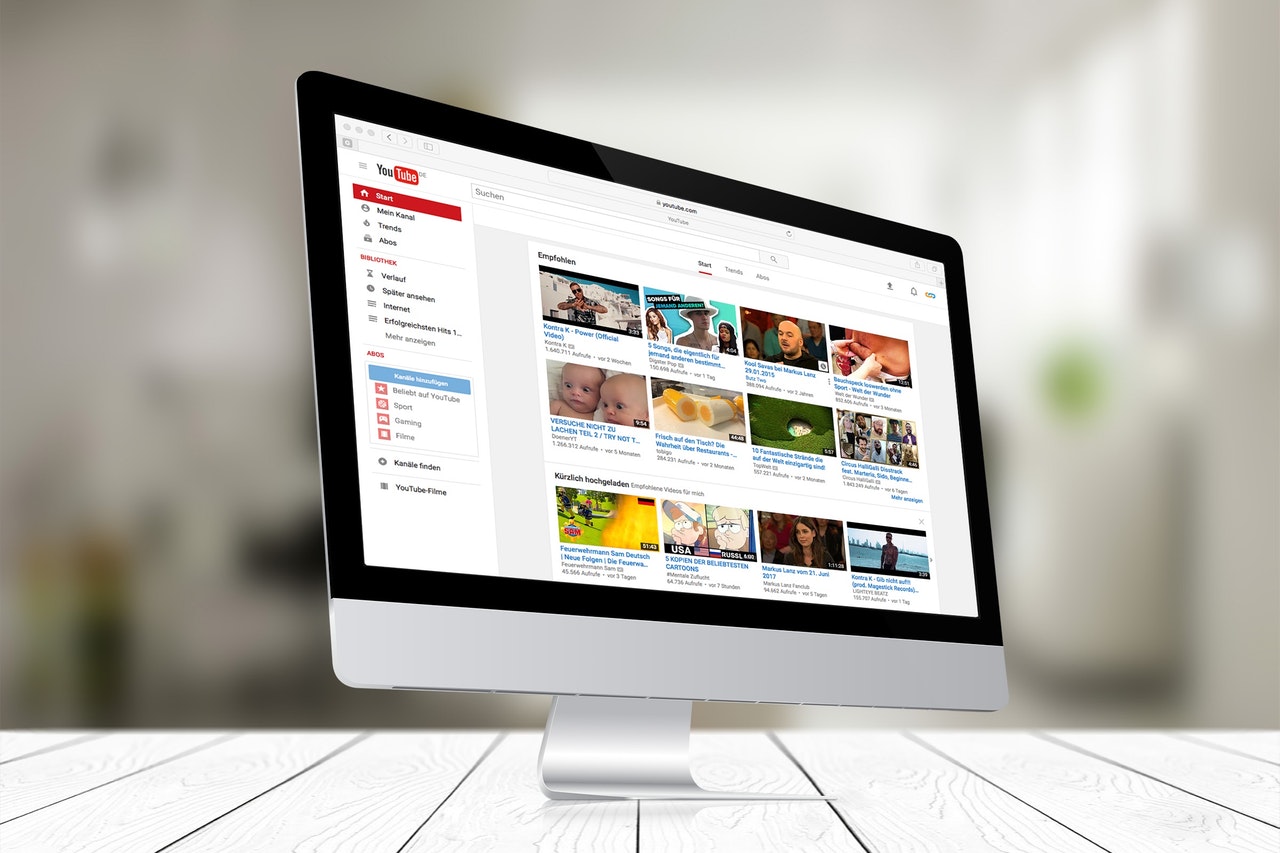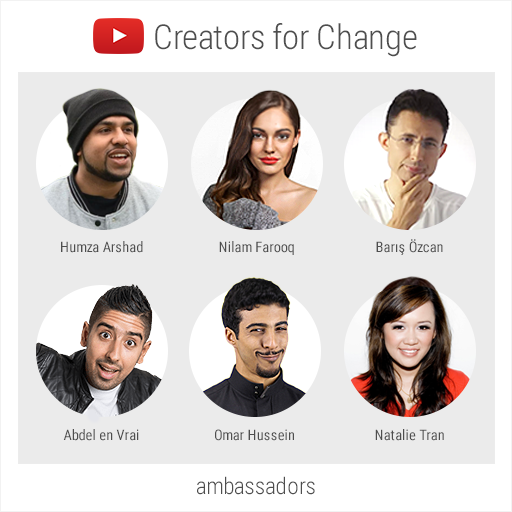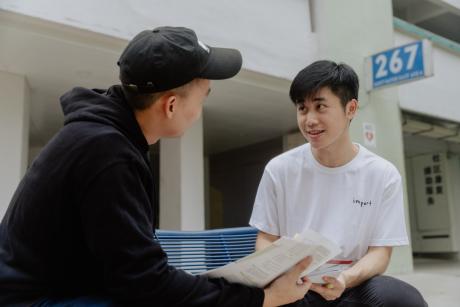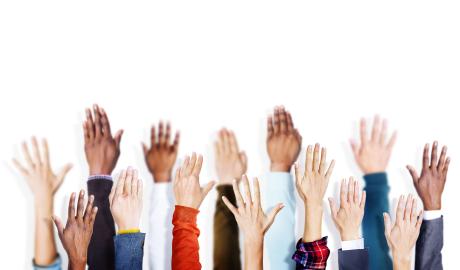By Esther Tan
Social media is ubiquitous in the lives of anyone with a smartphone, and especially among the youth. Like many of my peers, the first thing I do each morning upon waking is to reach for my mobile. Throughout the day as well, I’m either consuming web content or thinking about it. My drug of choice? YouTube. My favourite social media platform hasn’t been getting the best press lately, however. The year has yet to draw to a close but already 2019 is not looking to be YouTube’s finest, gauging from the sheer number of influencer controversies and the rise of drama channels. These days, while scrolling through my feed in search of videos of interest, it is hard to look past the fact that an entire Internet culture seems to be built around the idea of “spilling the tea” and “cancelling” people. Let’s not forget YouTube’s prevalence of hate comments, which are infamous for being in a league of their own. But things weren’t always like this. What started in 2005 as a fun platform for anyone to upload videos of themselves has gradually morphed into a rat race for views. Today, careers are built out of YouTube, and YouTubers (also known as creators or influencers) make a living from publishing original content on their respective channels, ranging from skits, comedy and music, to vlogs, gaming, lifestyle, ASMR and reaction videos. As self-styled “gurus” or tastemakers in their fields, the influencers leverage the accessibility of YouTube to forge tight-knit communities with their subscribers, who can run into the millions.

Image via Pixabay.
Therefore, in this increasingly competitive space where 500 hours of video are uploaded every minute, creators are understandably eager to put out attention-grabbing content. But in the quest to go viral, the end hasn’t always justified the means. I mean, slapping 100 layers of foundation on your face for more views may be entertaining to some viewers, but filming a dead body in a forest crosses the line entirely.
So if YouTube is this toxic, why am I still on it? The answer is simple and may surprise some. This space also houses a sizeable number of creators who leverage their influence for social good. Positivity-spreading influencers? Yes, they exist—and YouTube is their vehicle for changemaking.
Subscribe to Change
The YouTube team itself is aware of the platform’s growing influence and the importance of creating more voices for positive impact. In 2016, it launched Creators for Change, a global initiative to fund creators who use their YouTube presence to discuss social issues. To be eligible, influencers first have to pitch an idea for a video or series they believe could drive positive impact; if accepted, YouTube offers a monetary grant to aid their content production. On its end, the company has simultaneously rolled out programmes to complement this movement; these cover the areas of youth empowerment, safe navigation of online content and resistance against hate speech. YouTubers who are part of the Creators for Change movement also receive the opportunity to meet like-minded content creators and share their stories.

Source: YouTube Official Blog
The first year of the project reaped encouraging results: Creators for Change videos racked up a total of 60 million views, proving that viewers have an appetite for more meaningful, uplifting videos. Recognising this, YouTube renewed its commitment to promote the creation of impactful content by upping its investment in Creators of Change from the initial US$1 million to $5 million.
#FunFact 1: How Do YouTubers Make Money?
Content creators are able are able to make a career off YouTube by tapping into its various revenue streams. For instance, through the YouTube Partner Program, the creators can monetise their videos by hosting advertisements. However, this is only reliable if they are raking in millions of views, and only top-tier influencers can achieve this on a regular basis. Many smaller influencers therefore fund their endeavours through brand partnerships. The brands partner directly with the relevant influencers, who then use their channels to market the related products and services to their following. The style of delivery differs among influencers, but there are some standard formats to a sponsored post. Some YouTubers dedicate the entire length of a video to the promotion of a product; others speak for a portion of the video and provide an affiliate weblink where subscribers can purchase the said product at a special discount but also from which the influencer gets a percentage of the sales. Finally, some creators choose to promote a brand with only a brief mention. To date, brand partnerships are still the most common and lucrative way for YouTubers to make money.
#FunFact 2: What Is Influencer Marketing and Why Is It So Effective?
It bypasses ad-blocking technology. The rise of ad-blocking technology puts billions of advertising dollars at risk. Influencer marketing is unaffected by ad blocking. *The decline of traditional media. Young people are spending less time on traditional broadcast media like television. Influencers can reach audiences via the social media platforms accessed regularly by the youth. *It enables brands to leverage the influencer’s following. Brands can make use of the influencer’s wide reach and tap into the thousands of subscribers that they have. *Branding is strengthened. The brand message can be incorporated into the narrative of the influencer’s daily life, allowing it to expound its own message and story. *This form of targeted advertising reaches a more engaged and better-qualified audience. Each influencer appeals to a particular niche, so people interested in the niche are more likely to buy a product related to it. *It gives consumers someone to emulate. Just as with celebrity endorsements, people want to imitate their favourite influencers. As an added bonus, influencers present themselves as the relatable every day person, making their endorsement more persuasive for the regular consumer.
Who Are the Changemakers?
Omar Farooq 
Screenshot from Omar Farooq’s YouTube homepage
A YouTuber from Bahrain, Omar Farooq is a prominent participant of the Creators for Change initiative. Known for his series #OmarTries, his videos show him experiencing the life of someone else for a day. He is often accompanied by the very person (or a representative) who will explain their various challenges and struggles. For his Creators for Change video, Omar lived as a person who is hearing impaired for a day, and simulated the experience by wearing noise-cancelling headphones. He was presented with three challenges: making transactions; calling for emergency services; and making a special order at a restaurant. During the challenges, Omar felt a great deal of frustration, but remarked that at the end of the day he had the option of removing the noise-cancelling headphones, whereas people who are hearing impaired cannot. At the end of his video, he called on various organisations to increase efforts at fostering a more inclusive environment for this community, such as by making video calls possible for emergency services, and by improving the public’s access to sign-language classes. Other editions of #OmarTries feature the YouTuber doing similar experiments with being diabetic, wheelchair-bound, a nurse, a prisoner and more. He regularly concludes his videos with a message to his 2.6 million subscribers. “What matters the most to me is that I have [made] a good impact,” he says in one of them.
Ministry of Funny TV

Screenshot from Ministry of Funny TV’s YouTube homepage.
Created by Singaporeans Haresh Tilani and Terence Chia, Ministry of Funny TV consists of videos that shed light on important social issues. The two friends returned home after studying abroad in the United States, and found the local media scene somewhat lacking. This prompted them to found their YouTube channel in 2011. “It was always about making people laugh first, and then we realised that humour is a good way to talk about issues that might not be easy to talk about,” said Haresh, during my interview with him and Terence in June 2019. He described how humour allows them to examine the different sides of complicated issues, such as terrorism and counter-terrorism. “There is a bit of a gap in terms of how terrorism is portrayed in mainstream media,” added Terence, who explained how they are treating this heavy subject matter in their dark comedy series, “SHE’S A TERRORIST AND I LOVE HER”. Like Omar Farooq, Ministry of Funny TV is a member of YouTube’s Creators for Change programme: their video, “The One Thing You Need To Know About Singapore”, parodies a travel advert of Singapore. In the foreground, Singapore is portrayed as being wonderful, but in the background are scenes depicting a less-than-perfect side to the country, such as Singaporeans refusing to let migrant workers enter the same lift as them and other similar scenes inspired by actual events. At the end of the video, Haresh points out that the one thing that “truly keeps Singapore ticking” is its people, and calls for the eradication of xenophobic behaviours. This particular video is a comical yet sobering wake-up call for all Singaporeans to examine their own attitude towards foreigners.
Lilly Singh 
Screenshot from llSuperwoman YouTube homepage
While the Creators for Change programme is a powerful initiative, it is not the only pathway for spreading positivity online. Some influencers already have a head start: take Lilly Singh, who goes by iiSuperwomanii , who started her channel in 2010, long before the Creators for Change programme. Singh has since trailblazed the way for other creators to spread positive messages through their videos. The Indian-Canadian YouTuber is a passionate advocate for mental health awareness, and vocal about the fact that she became a content creator as a way to recover from depression. “I thought if I could make other people laugh, maybe I could make myself laugh and be a happier person,” she admitted in an interview with Cat Greenleaf on Talk Stoop. Singh is also outspoken on female issues, and has challenged girls to “stop hating on each other” and instead support and build each other up in her #GirlLove campaign. In 2016, she also collaborated with the brand ME to WE, which sells handmade Rafiki bracelets to help fund access to education for girls in Kenya, Ecuador and India. The year after, Singh was named a UNICEF Goodwill Ambassador, and is presently an advocate for children’s rights and youth empowerment. With a colossal 14.8 million subscribers, Singh was ranked first on the 2017 Forbes Top Influencers List in the entertainment category. Her successful YouTube career also paved her entry into mainstream media—she hosts “A Little Late With Lilly Singh”, a new late-night talk show on NBC. This sets a major milestone, since “A Little Late With Lilly Singh” is, to date, the only female-led late-night show on a major broadcast network.
A Quick Guide to Internet Slang
Basic: unoriginal, used to refer to people who just hop on the bandwagon of trends.
● “Liking pumpkin spice latte is so basic.”
Cancelled: to reject and shun somebody, especially collectively, because of something problematic that they said or did.
● “This movie is cancelled for whitewashing characters.”
Extra: overly excessive
● “The lady who wore an evening gown to the brunch was so extra.”
Eye: another way of saying “I”, used in a surprised or shocked manner to indicate a cut-off sentence as in “I…”
● “The ending to that movie was so amazing that eye—”
Get (this) bread: to do your best, literally meaning “get money”; used to encourage people to succeed, not necessarily in a financial sense.
● A: “I have an exam on Friday.”
● B: “Go get that bread.”
(Big) Mood: a representation of how one feels and sums up life.
● “The character that kept procrastinating is a big mood.”
Receipts: proof, often in the form of screencaps of messages, Tweets, saved Snaps, Instagram stories, etc.
● “I am going to pull up receipts to show that she is lying.”
Roast: to mock someone in a humorous way.
● “He tried to call me ugly, but I came back and roasted him.”
Salty: upset, usually about something trivial.
● “She was salty because I didn’t pick up the phone immediately when she called.”
Shook: shocked or surprised.
● “I was shook by how amazing she looked at the party.”
(Spilling the) tea: (sharing) juicy gossip.
● “He spilled the tea on the fight that happened between those two.”
(Throwing) shade: indirectly insulting or snubbing someone.
● “Instead of just throwing shade, why don’t you confront the person directly?”
Throw hands: to fight someone.
● “I’m about to throw hands with this person who keeps insulting me.”
Weird flex but okay: used in a dismissive way; said as a response to someone who boasts about something that is unimpressive or strange.
● A: “I got first percentile for Math the whole time I was in school.”
● B: “Weird flex but okay.” Wig (snatched/flew): when something is so amazing that your metaphorical “wig” flies off your head.
● A: “I got free tickets to the show.”
● B: “No way, wig!”
Woke: being socially aware.
● “I attended a seminar on feminism and now I am woke.”
Sources: Adapted from Urban Dictionary and Dictionary.com
Though this article does not exhaustively cover the ways YouTubers are using the platform as a vehicle to spread positive and important social messages, I hope to have shown that YouTube is both a powerful tool as well as a double-edged sword. Whether we choose to fixate on its negative aspects or be open to its positive potential will determine our experience with this ubiquitous video-sharing website.
I therefore invite readers to shift their focus to the above-mentioned influencers and similar creators who are forming a growing community of Internet personalities working hard to produce impactful content and spark greater social consciousness. As a YouTube user, I’m constantly on the lookout for influencers with whom I can share a meaningful “connection”. Their channels may not always have millions of subscribers, but if they’re steering the boat of Internet culture towards positive change with entertaining and thoughtful content, chances are, I will “like, comment and subscribe”.
Banner image via rawpixel.com
 |
Esther Tan was a 2019 Summer Associate (Editorial) at the Lien Centre for Social Innovation. She is a rising sophomore from the Faculty of Arts and Social Sciences at the National University of Singapore, with a double major in English Language and Japanese Studies. As someone who believes that words are the strongest weapon one can wield, she is deeply interested in how language and culture shape us as individuals. In her free time, she enjoys translating her favourite articles from Japanese to English. She can be reached at hello@socialspacemag.org |








Comments